New projects will bring pollinators and food to underserved communities
Kerry Wilson’s latest urban gardening initiative has a long formal name, but she says you could simply call it “Bring the Butterflies Back.”
“Every single community I talk to, they can’t remember the last time they saw a butterfly,” says Wilson, Habitat Outreach Manager for the Delaware Nature Society.
Wilson aims to change that—and much more.
Where there are butterflies and other pollinators, there is potential to grow food. Where there is vegetation and trees, there are leaves and roots trapping air pollutants and holding water. Plants and trees mitigate erosion and flooding, keep toxins from seeping into the water, and reduce air temperature—which is increasingly critical with the rise in extreme weather, especially in concrete-heavy cities.
Greenspace also contributes to people’s mental and physical well-being.
Creating 27 Pollinator and Food Gardens
The formal title of Wilson’s effort’s is “Enhancing the City of Wilmington’s Urban Pollinator Corridor and Food Resilience Efforts.”
Announced in August, it is one of five Delaware projects funded by the Delaware Watershed Conservation Fund, which is supported by the National Fish and Wildlife Foundation and U.S. Fish and Wildlife Service. Additional money is provided by the William Penn Foundation and AstraZeneca.
Habitat for Humanity is a partner in the project, which has been awarded $427,400 to install 27 community gardens and pollinator habitats over the next two years in concert with educational workshops and activities to develop the next generation of environmental stewards.
Community Engagement is Key
The project builds on related ventures, like the Sacred Grounds program of the National Wildlife Federation, which has brought native gardens to about a dozen communities of faith in Wilmington. It intertwines with other DelNature efforts as well, including creating rain gardens to reduce flooding and combat mosquitoes in the city’s Southbridge neighborhood.
In fact, it is Wilson’s established engagement with the communities in Wilmington that led her to apply for the grant. Gauging by the interest of residents, she’d begun accumulating a project list.
Community ownership and follow-up is key, she says.
Southbridge, with whom DelNature partnered to create the Southbridge Neighborhood Action Plan, is the site of the first planting.
Project Battles Environmental Inequity
This historically Black neighborhood epitomizes the findings of research by the U.S. Forest Service and others that show a direct correlation between areas lacking greenery and the discriminatory housing and lending practices of decades past.
American Forests quantifies this inequity using a Tree Equity Score, mapping all urban areas in the United States. The score pegs Winston Truitt Park, at A Street, and New Castle Avenue at highest priority, ranking it 73 out of 74 block groups in the city.
Native Plants Build Healthy Ecosystems
On a sunny afternoon in late October, Wilson is on this corner, leading a planting of native ferns, sedge, groundcover and flowers like columbine, coreopsis, coneflower, and milkweed.
Fall is the best time to plant, Wilson explains. For the most part, the new gardens won’t be getting watered except by nature.
“That’s the power of native plantings,” she says. “Native plants prefer to be ignored a little bit.” Over thousands of years, these plants have developed strong ecological relationships with the soil, the insects, and the elements.
Teaming up with Wilmington
The corner, framed by a firehouse, tavern, liquor store, and convenience market, is a community gathering spot. As Wilson and two others dig and plant, a couple of men hang out at a picnic table, and a resident who lives and works across the street stops over. Wilson chats with passers-by, some walking dogs.
This work is not a drop-in. Its success depends not only on nourishing the plants, but on nurturing the community as well. In addition to residents, Wilson works closely with Leonard Williams, superintendent of parks maintenance for the Wilmington Department of Parks and Recreation, his employer of 20 years.
In coordination with the plantings, the city has replaced the sidewalk through the small park, installed a new grill, and plans to add park benches and tables where park-goers can play chess.
Wilson Walks the Walk
Williams, who met Wilson two years ago, says he considers her a friend he can call about anything.
“When I got introduced to Kerry, I thought, This lady really cares about the work that she does. This is the partnerships we want – people who care about the community,” he says. “She wants to work with underserved communities, and that’s right up my alley.”
Thomas Jackson, who owns Big Tom’s Tavern next to the park and Carry My Own Weight clothing store across the street, also appreciates the effort Wilson has invested in his community on behalf of DelNature.
In addition to supporting the park next-door, Jackson knows Wilson from her work in helping create rain gardens to mitigate mosquitoes in the low-lying neighborhood.
Wilson, he says, “was not just one of those people who came to us and talked – she did action.”
Plants Help More than the Environment
Jackson says the corner’s revitalization transcends its environmental benefits.m“For people to be able see the park being uplifted, it feels good. It makes us feel like we’re not forgotten about,” Jackson says.
“You got people sitting out there 15, 20 years, for generations. Someone orders food, they play their music, drink their coffee,” he says. “It’s like a sanctuary where people can just chill.”
Melodi Robinson, who has lived a few blocks away for more than 20 years, likens the park to the sitcom “Cheers.” “Everyone knows your name, and everyone’s glad you came,” she says with a laugh.
“It really means a lot to us as a community,” she says of the park and its rejuvenation. “It’s like our heart. It’s so intimate to us, we all know each other.”
Park Leaders Will Spell Success
Robinson and other residents like her will be key players in the success of the gardens being created. As Wilson says, follow-up is critical, so she baked into the grant the ability to pay a handful of park leaders a few hours a month to ensure the gardens are sustained.
Robinson already has appointed five people to help her, neighbors who visit the park every day. And, she says, the fire station next door will help with watering.
Sadly, another longtime resident who loved the park, Vickie Portis, won’t see its rebirth. She passed away in January 2023. Her presence endures, however, in the stuffed animals and messages on the faded park sign. Portis loved roses, so Wilson will honor her memory with some Carolina rosebushes.
New Gardens are in the Works
Wilson also has been busy elsewhere, starting with sheet-mulching and planting woody perennials at the historic Buttonwood School near New Castle. Herbaceous plants will follow in the spring.
Elsewhere, Wilson is planning for plantings at St. Michael’s School and Nursery, Urban Promise, The Learning Center at Madison and three community food gardens in Wilmington. Two of those will be located at Urban Promise and in the Southbridge Community Garden, with the third site to be identified.
Williams and Wilson say the community has asked for food gardens. Wilson points to the city’s many food deserts–places where it is difficult to buy affordable, nutritious fresh food. But it’s not as simple as making the food available. The effort will involve encouraging people who aren’t used to eating fresh produce to incorporate it into their diets and showing them how.
An Outdoor Classroom is on the Drawing Board
Williams is looking forward to working with Wilson on Kirkwood Park, a lot on the Brandywine Creek behind the Stubbs Early Education Center that used to be home to a formal garden. The city is installing solar panels in four large spaces there, with the hope of partnering with the school and creating an outdoor classroom.
Wilson says the project energizes her. “When I start to get into projects that are education-based, and working in an urban environment, it really brings conservation, education and advocacy to life,” she says.
“The fact that those students would have direct access to their own nature exploration and develop a sense of wonder in that nature. If we’re going to be able to turn this environmental situation around, it’s going to take this next generation to be hooked in and caring. The only way can do that is get them to love it.”
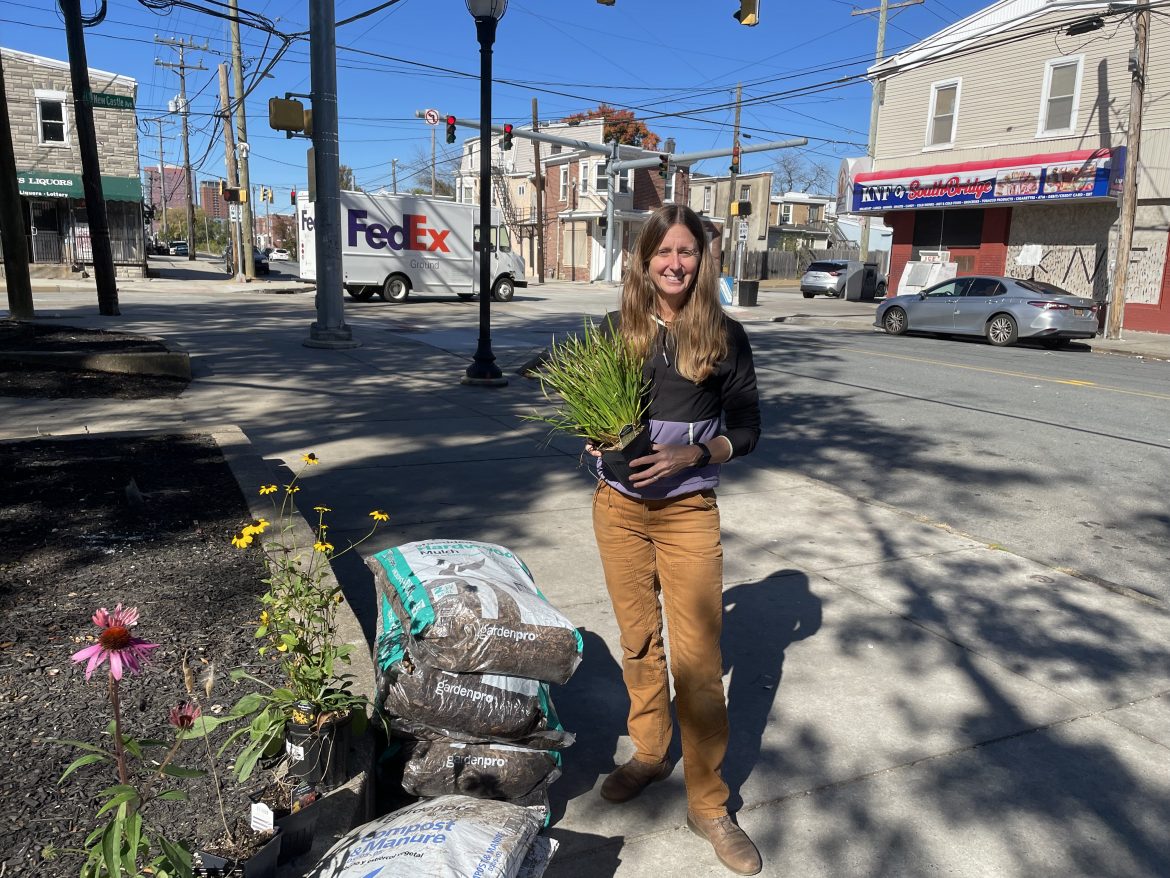
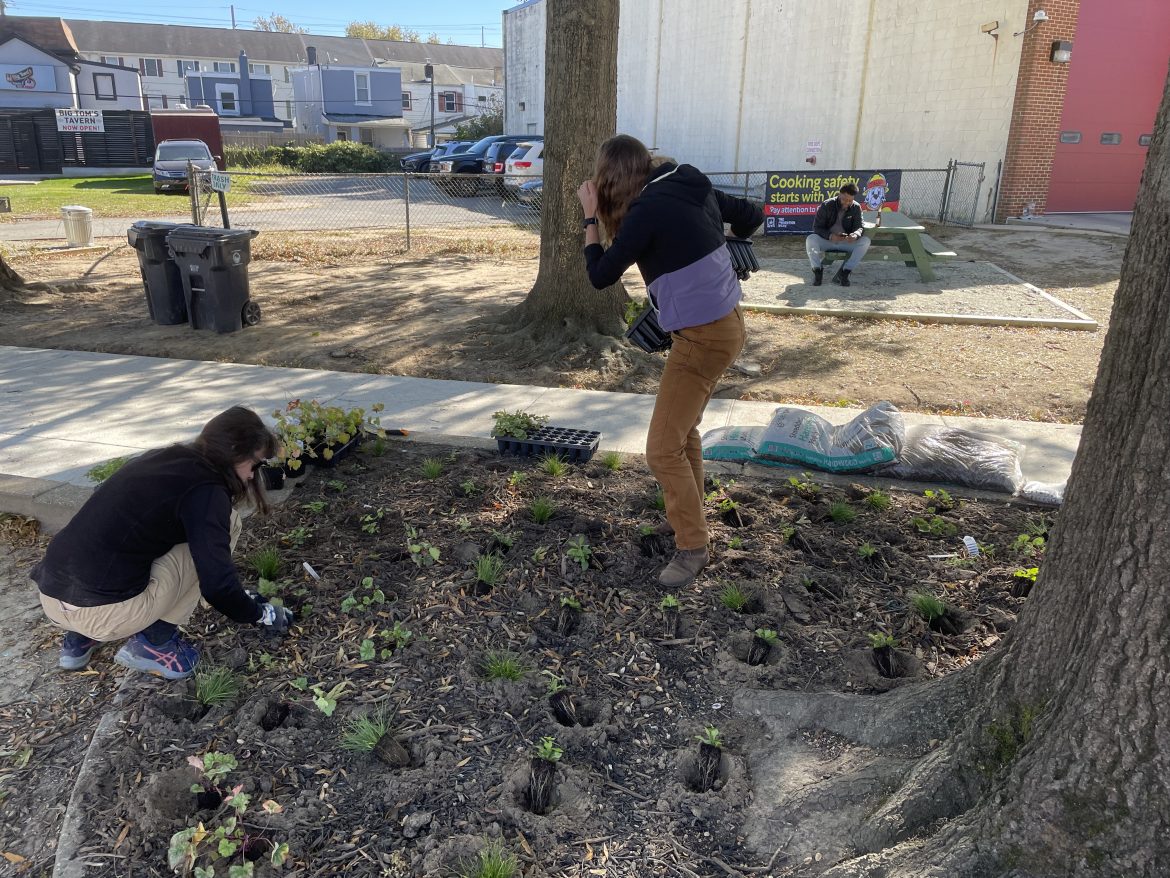
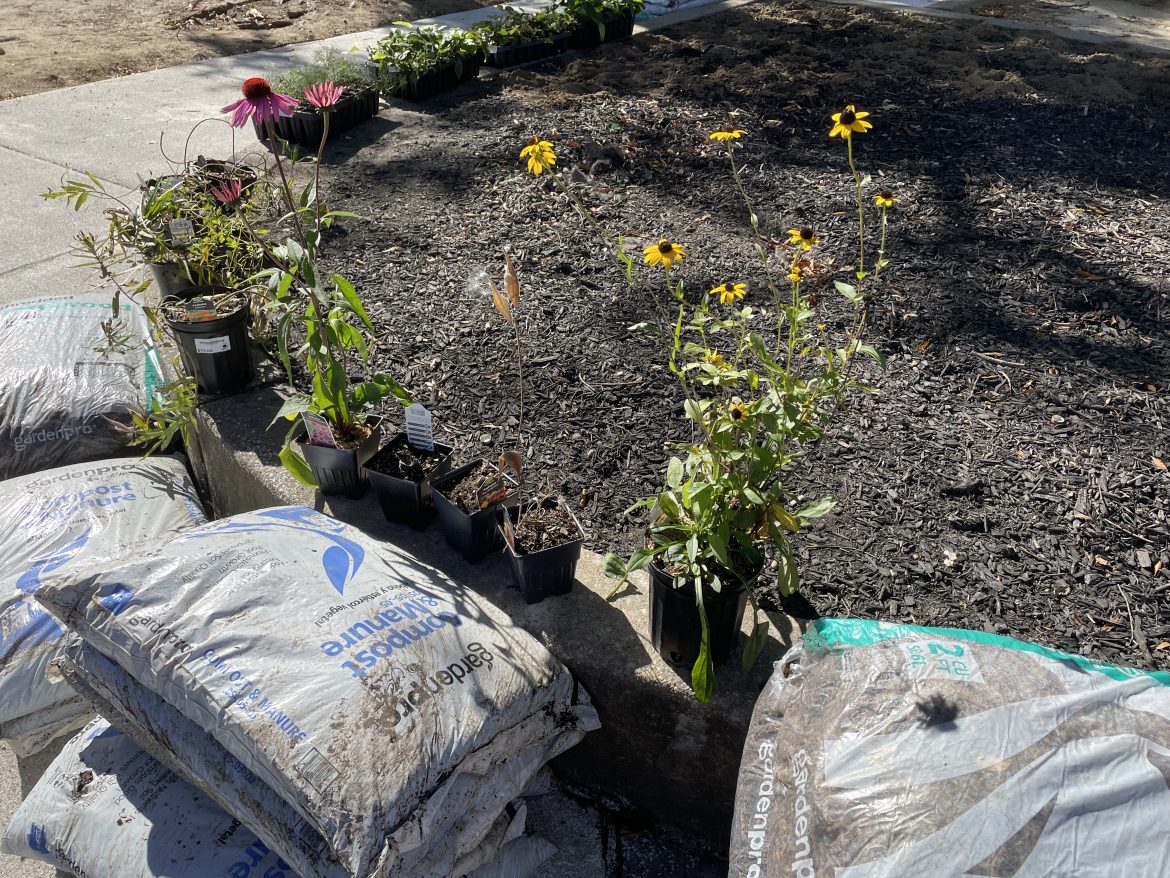
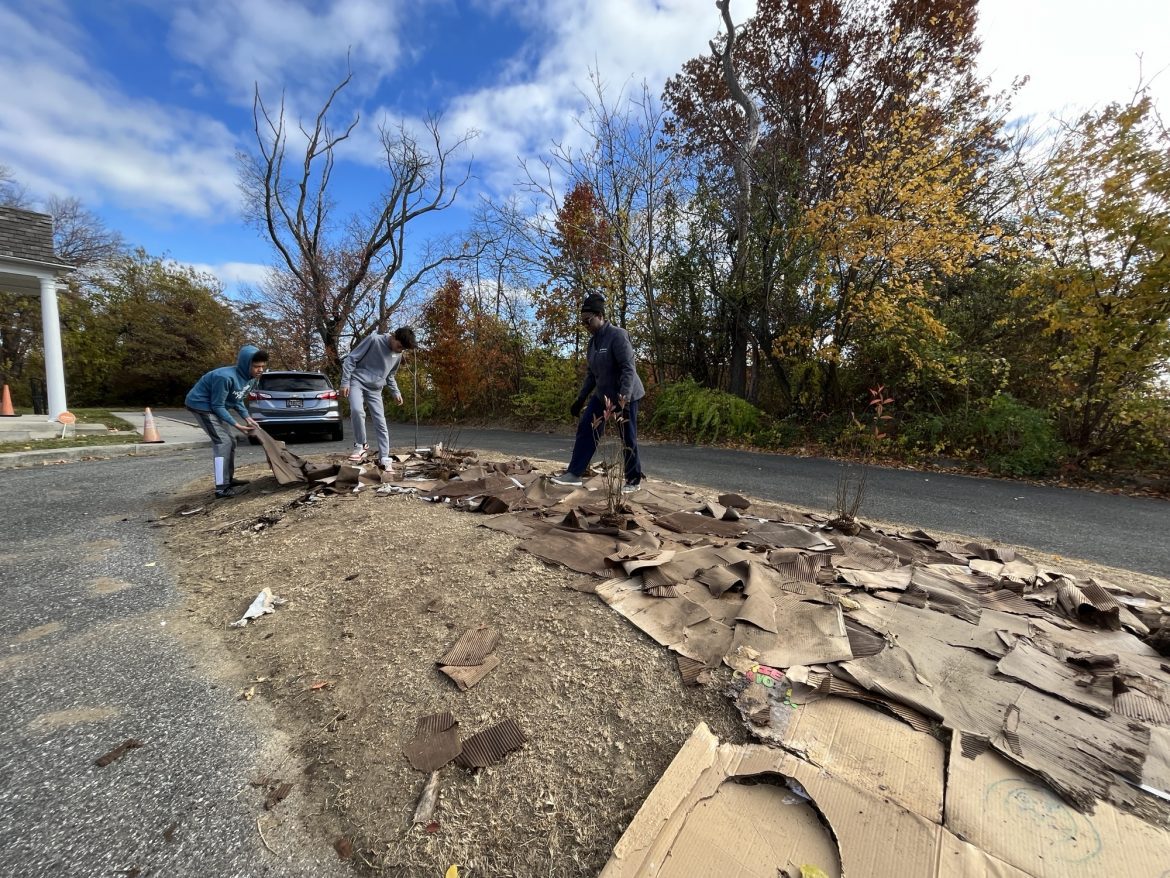
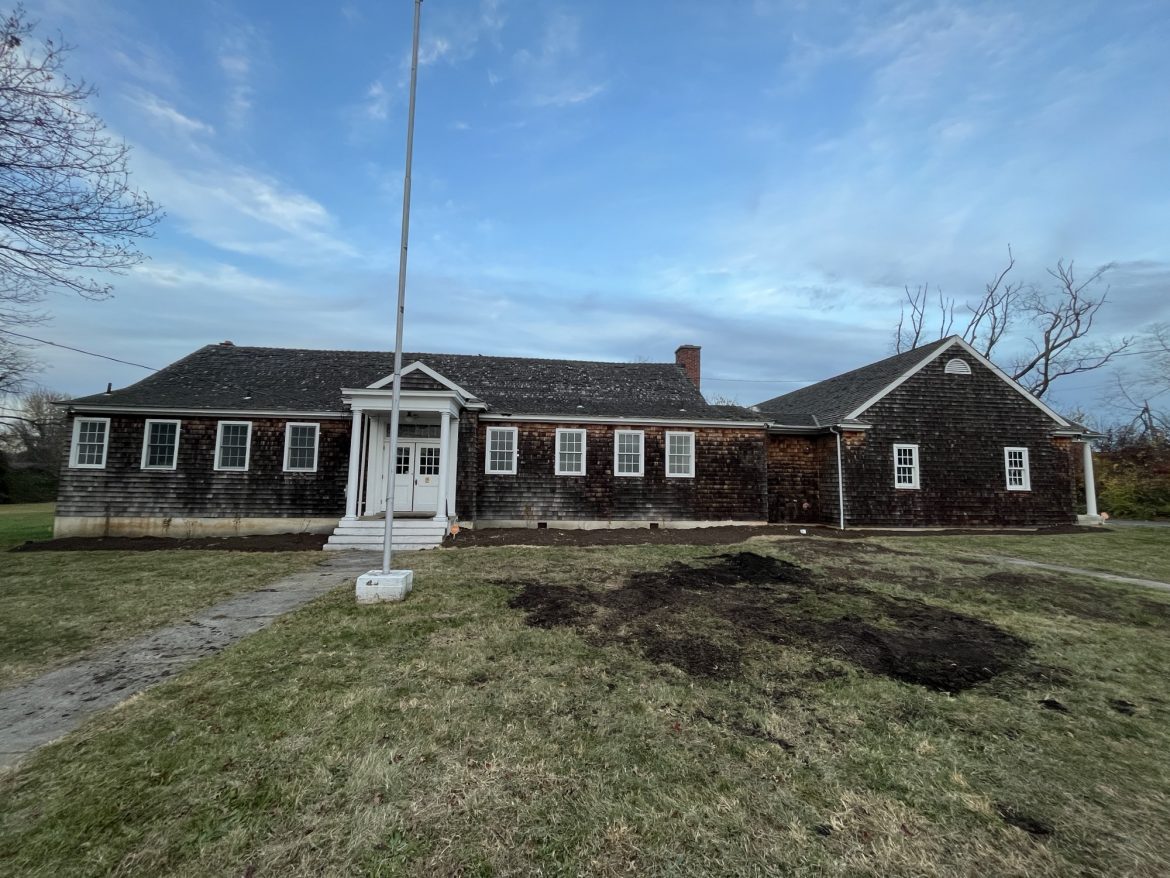
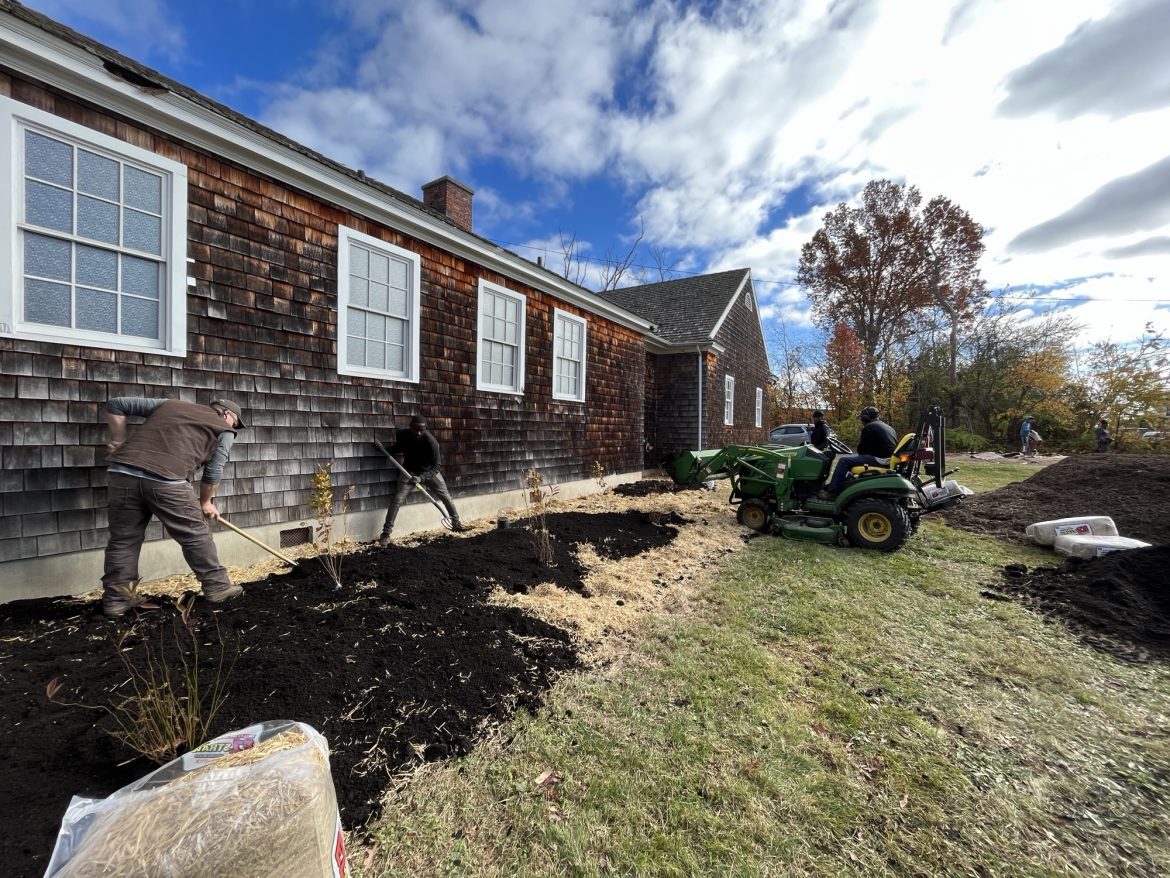
About the author: Delaware Master Naturalist and journalist Suzanne Herel is an insect-stalker who spends as much time as possible hunting for eggs, larvae, and chrysalises and learning about their lifecycles.
Photos by Suzanne Herel and Kerry Wilson
Learn More (URLs in order at bottom)
Delaware Watershed Conservation Fund
Southbridge Neighborhood Action Plan
Wilmington’s Tree Equity Score
If You Want to Help
Find out more about Gardening for Wildlife
Mark your calendar for DelNature’s spring and fall Native Plant Sales
Subscribe here to Delaware Nature Society’s advocacy newsletter to stay informed of emerging policy changes and action alerts.
URLS for links
Tree Equity Score National Explorer
Mosquitos A Growing Problem in Wilmington, Delaware – Delaware Nature Society
https://www.buttonwoodschool.org/about